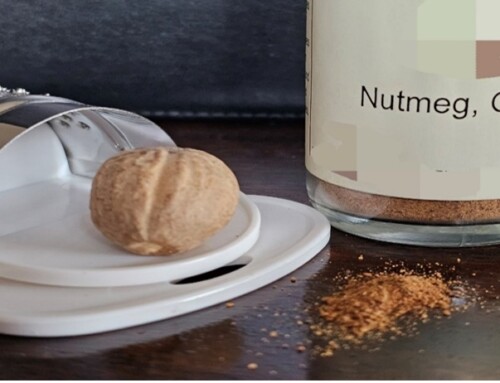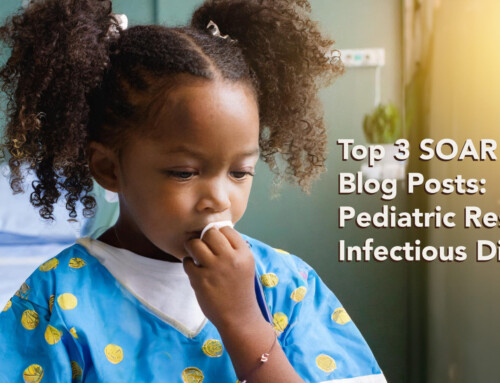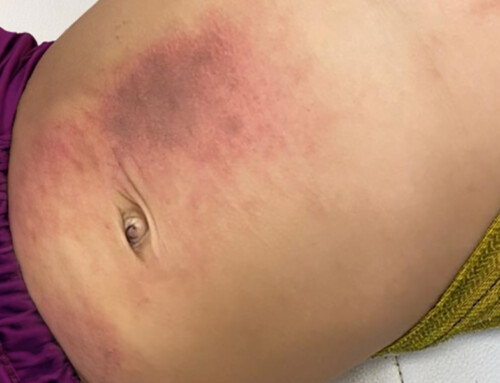
Which of the following agents, when injected along with heroin, is associated with the skin changes pictured?
- Cocaine
- Fentanyl
- Methamphetamine
- Xylazine
Photo by Dr. Matthew Salzman
References
- Drug Enforcement Administration. Xylazine. Drug & Chemical Evaluation Section. Published May 2023. Available at: Xylazine (usdoj.gov)
- Kariisa M, Patel P, Smith H, Bitting J. Notes from the Field: Xylazine Detection and Involvement in Drug Overdose Deaths – United States, 2019. MMWR Morb Mortal Wkly Rep. 2021;70(37):1300-1302. Published 2021 Sep 17. PMID: 34529640
- Ayub S, Parnia S, Poddar K, et al. Xylazine in the Opioid Epidemic: A Systematic Review of Case Reports and Clinical Implications. Cureus. 2023;15(3):e36864. Published 2023 Mar 29. PMID: 37009344
- Gupta R, Holtgrave DR, Ashburn MA. Xylazine – Medical and Public Health Imperatives. N Engl J Med. 2023 Jun 15;388(24):2209-2212. Epub 2023 Apr 26. PMID: 37099338.
- Ruiz-Colón K, Chavez-Arias C, Díaz-Alcalá JE, Martínez MA. Xylazine Intoxication in Humans and Its Importance as an Emerging Adulterant in Abused Drugs: A Comprehensive Review of the Literature. Forensic Sci Int. 2014;240:1-8. Published 2014 Mar 26. PMID: 24769343
- Ehrman-Dupre R, Kaigh C, Salzman M et al. Management of Xylazine Withdrawal in a Hospitalized Patient: A Case Report. Journal of Addiction Medicine 16(5):p 595-598, 9/10 2022. PMID: 35020700
- Knopf, A. Effects of Xylazine in Illicit Fentanyl Supply: Report from OASAS. Alcoholism & Drug Abuse Weekly. 2023;35(26):6-7. Published 2023 June 30. DOI
- Malayala SV, Papudesi BN, Bobb R, Wimbush A. Xylazine-Induced Skin Ulcers in a Person Who Injects Drugs in Philadelphia, Pennsylvania, USA. Cureus. 2022;14(8):e28160. Published 2022 Aug 19. PMID: 36148197
- Love JS, Levine M, Aldy K, et al. Opioid overdoses involving xylazine in emergency department patients: a multicenter study. Clin Toxicol (Phila). 2023 Mar;61(3):173-180.. PMID: 37014353
- Ball NS, Knable BM, Relich TA et al.. Xylazine Poisoning: A Systematic Review. Clinical Toxicology, 60:8, 892-901. Published 2022 Apr 20. PMID: 35442125






